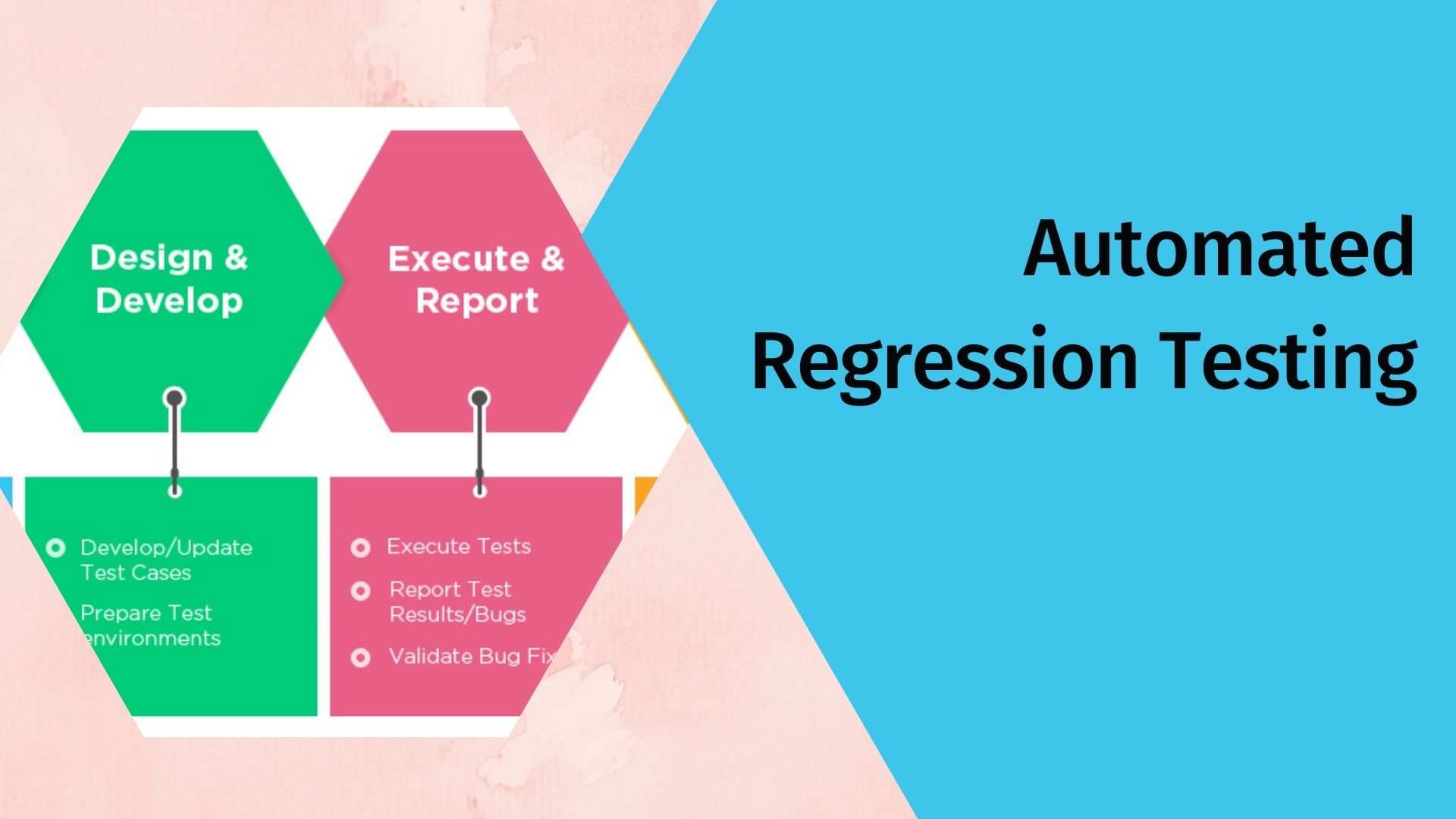+1 888 123 4567

What is automated regression testing?
Automated regression testing is a software-development process in which tests are used to verify that functionality previously developed and tested in an earlier project version has not been damaged or broken as a result of the implementation of new functionality.
Tests are checked to ensure that they do not fail after implementation of the new functionality. This new functionality may be identified by, for example, a developer identifying a "fix" for what was believed to be a bug (perhaps, for instance, the original bug turned out to be a feature, or merely due to chance). It is also possible that the developer wants to add some new functionality that was not included in the previous version of the product.
What are software regressions?
Software regressions can be the bane of a QA professional's existence for many reasons. They can cause a release to be blocked, they may lead a software developer to waste hours of his or her time investigating the issue and performing painstaking code changes, they may cause a customer to call in with a problem that is really out of their control, and they affect everyone involved in creating the software.
It is important to note that regressions are not necessarily caused by errors made by QA professionals during testing; rather, they are inherent in the nature of software development and occur regardless of testing. That being said, QA professionals can certainly help reduce the number of regressions that occur through solid test design and processes.
Software regressions are simply bugs or failures that have been previously found and fixed. In other words, if a bug was found during testing, it was fixed and thought to be done with. Unfortunately, once code is placed into production, it is constantly changing; either new code is added or existing code is changed. The addition or change of code does not always fix all its associated issues. In essence, there may be more than one way for any given piece of code to behave incorrectly. If any of these multiple ways result in an outcome that did
Approaches for Regression Testing:
Regression Testing is an important part of the software testing life cycle that helps us to verify that new changes or fixes in a software product do not break or negatively impact existing functionality. Regression testing should be done to make sure that the changes made to code are compatible with all other sections of the application and does not damage any of the existing functionality. In regression testing we test each and every functionality of the application to make sure that nothing is broken or damaged. There are various approaches used in regression testing, which are:
Test Case Repetition:
This approach involves repeating the test cases for all the previous versions of a product and checking if the results are same as before. This approach tests each and every functionality of an application thoroughly once again and verifies if there are no issues in any one of them.
Test Case Reduction:
In this approach we test few critical test cases for entire application instead of testing each and every test case separately which takes too much time and efforts. By using this approach we can reduce our testing efforts considerably with little effect on quality assurance process. Ad hoc Testing: In this approach testers execute those test cases which they feel would fail with current build version and thus find out issues as early as possible.
Automated Regression Testing Best Practices:
Automated Regression Testing is a software testing process that is used to verify that changes or fixes have not negatively impacted existing features of the system. Automated Regression Testing is often part of a software testing process that combines automated functional, non-functional and performance testing. Tests are usually written by a human and then executed by a computer program.
The goal of automated regression testing is to ensure that previously developed functionality continues to perform as expected with each new build or release. When writing automated regression tests, the programmer writes test cases for known problem areas and also tests new functionalities for potential issues. The programmer can also use data from previous test runs to derive additional test cases.
A key advantage of automated regression testing is that it helps prevent bugs from slipping through the cracks and allows teams to detect regressions early in the development cycle. All testers should be using some form of automation to supplement manual testing because it frees up time for other activities, like exploratory testing and root cause analysis. You can read more practices like test automation best practices.